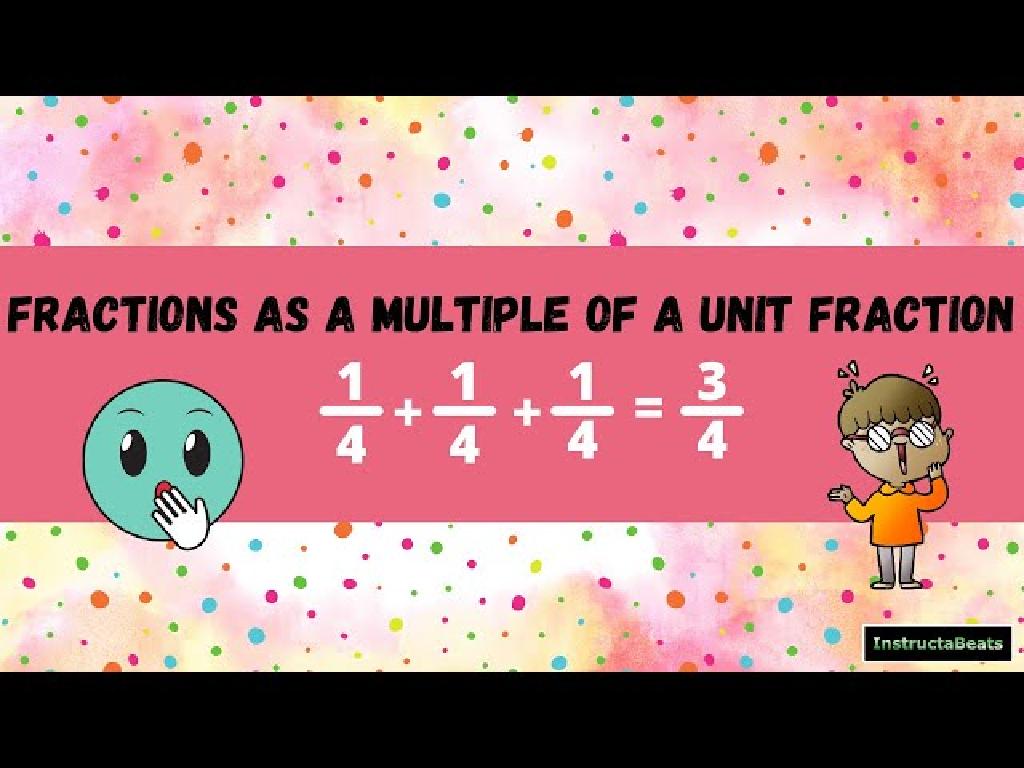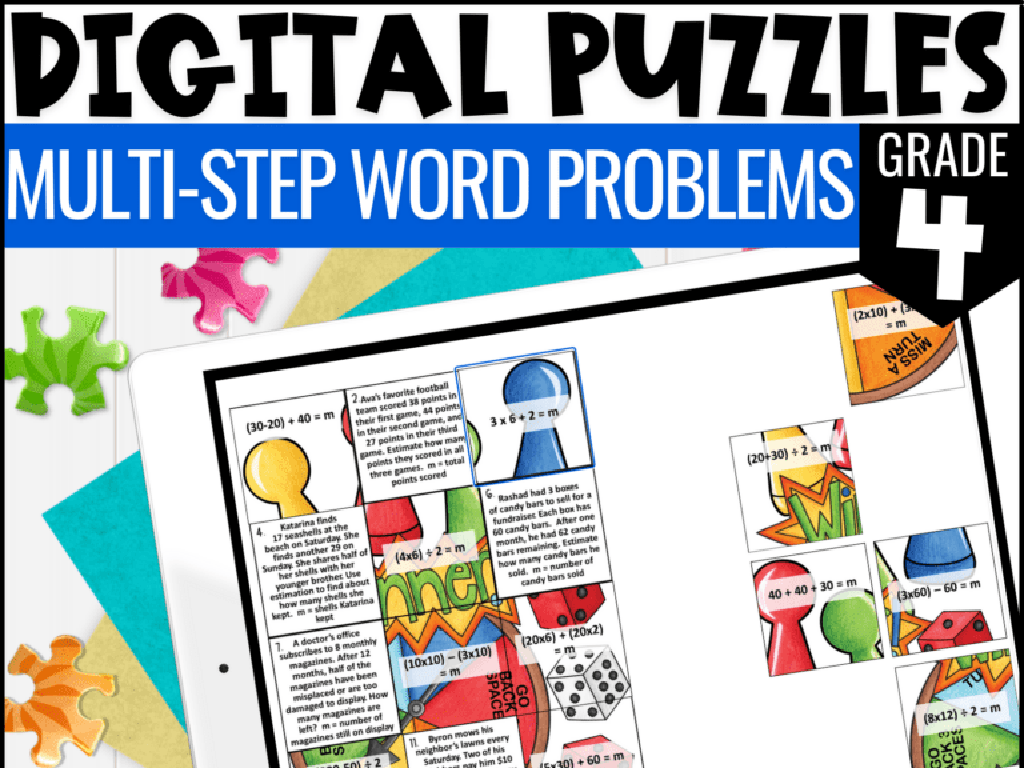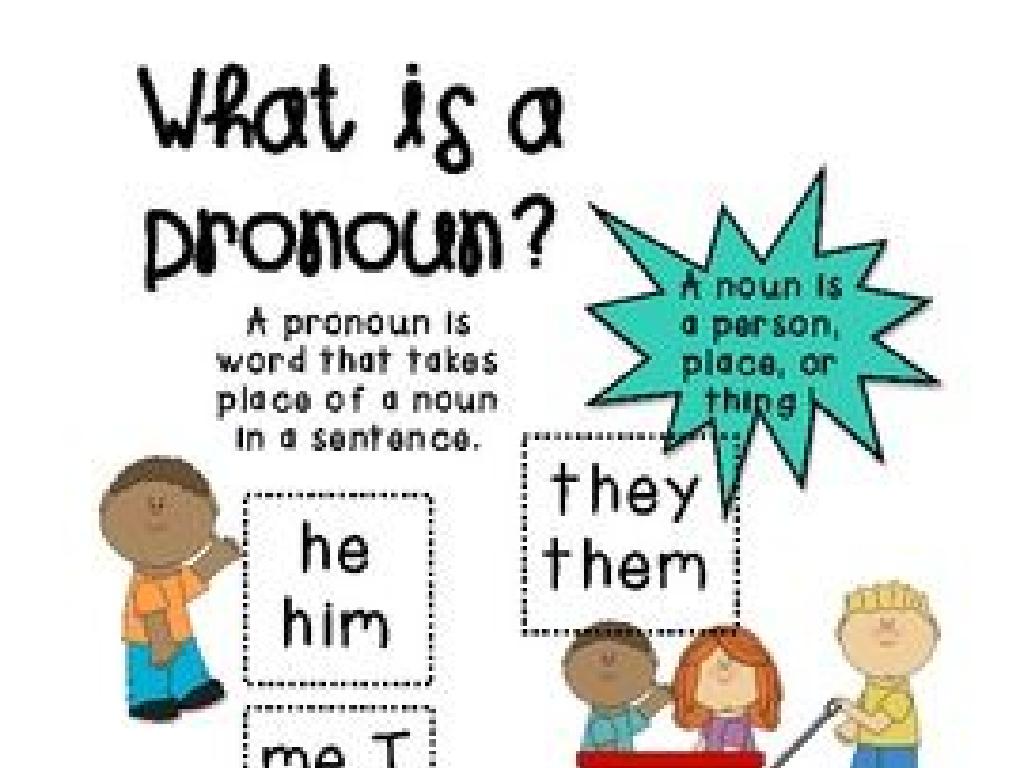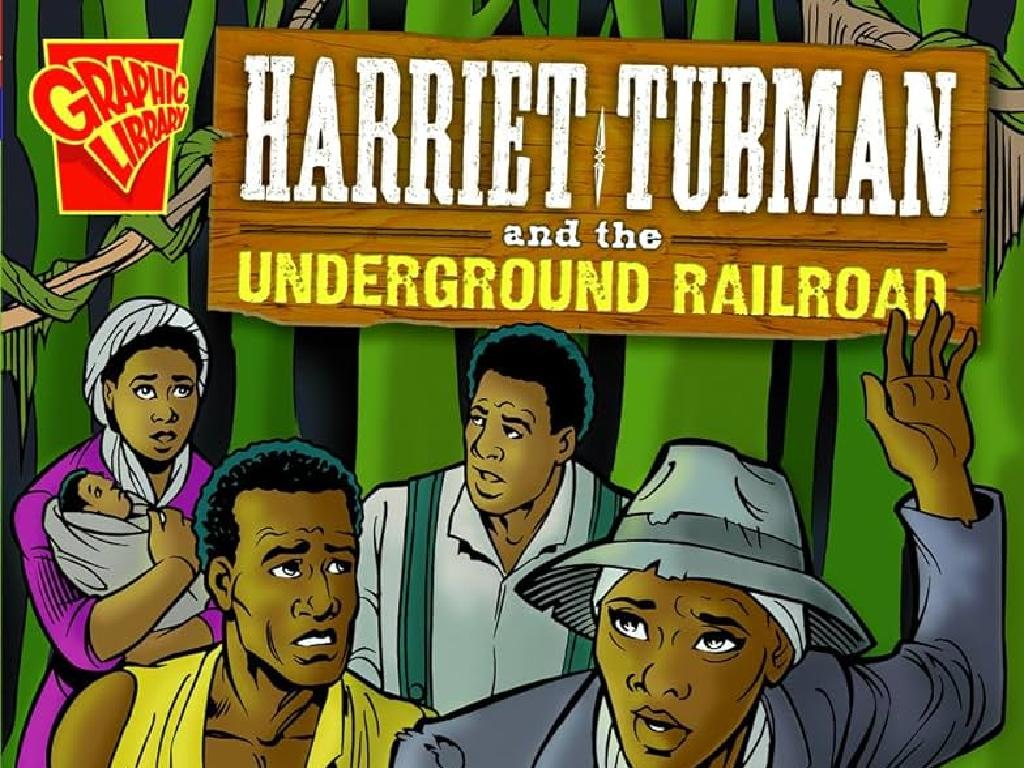Sequences - Count Up And Down By 1
Subject: Math
Grade: First grade
Topic: Counting To 120
Summary: This engaging first grade math presentation introduces counting sequences, teaching students to count up and down by 1 all the way to 120. Through interactive activities like number lines, games, and crafts, children learn how to recognize, complete, and practice numerical order. Fun exercises such as "Hop and Count" and sequence-filling build confidence and reinforce counting skills, helping students develop a strong foundation in number sense and early arithmetic.
Please LOG IN to download the presentation. Access is available to registered users only.
View More Content
Welcome to Counting!
– Greetings First Graders!
– Learn about counting sequences
– Sequences are numbers in a specific order
– Count up by 1
– Example: 1, 2, 3, 4, 5…
– Count down by 1
– Example: 10, 9, 8, 7, 6…
|
This slide is an introduction for first graders to the concept of counting sequences. It’s important to start with a warm greeting to make the students feel comfortable. Explain that sequences are numbers that follow a specific pattern. Use simple examples to demonstrate counting up by 1, starting from 1 and adding one more each time. Then, show counting down by 1, starting from a number like 10 and subtracting one each time. Use visual aids like number lines or counters if possible to help students visualize the concept. Encourage participation by having students count along with you. This will set the foundation for understanding sequences and prepare them for more complex counting patterns.
Understanding Sequences: Counting Up and Down
– What is a sequence?
– A sequence is numbers in order, like 1, 2, 3, 4!
– Creating sequences
– We make sequences by adding or taking away 1 each time.
– Counting up by 1
– Let’s count up: 1, 2, 3, 4, 5… all the way to 120!
– Counting down by 1
– Now let’s go backwards: 120, 119, 118… down to 1!
|
This slide introduces the concept of sequences to first graders, emphasizing the idea of order in numbers. Start by explaining that a sequence is like a line of numbers that follow a rule. Show them how adding 1 to a number moves them forward in the sequence, and subtracting 1 takes them back. Use visual aids like number lines or counters to help them visualize counting up and down. Encourage participation by having students count aloud together. This activity lays the groundwork for understanding more complex sequences and patterns in numbers.
Counting Up by 1s
– Start at any number
– Add 1 to count up
– Count 1 to 10 together
– Practice: 1, 2, 3, …, 10
– Count 10 to 20 together
– Practice: 10, 11, 12, …, 20
|
This slide is aimed at helping first graders understand the concept of counting up by 1. Begin by explaining that counting up means adding one more to the previous number. Use a number line if possible to visually demonstrate this concept. Start with counting from 1 to 10 as a class to ensure they grasp the sequence. Then, challenge them to count from 10 to 20, reinforcing the idea that the counting sequence continues past 10. Encourage participation from all students and correct gently if mistakes are made. This activity builds a foundation for number sense and prepares students for more advanced arithmetic.
Counting Down by 1
– Learn to count down by subtracting 1
– Practice: Count down from 10 to 1
– Let’s say 10, then 9, 8, 7, all the way to 1
– Count down from 20 to 10
– Start at 20, then say 19, 18, 17, down to 10
– Understand counting down is like reverse counting up
– Just like going backwards on the number line
|
This slide is aimed at teaching first graders the concept of counting down by 1. Begin by explaining that counting down is the opposite of counting up, and it involves subtracting 1 from the previous number. Use interactive counting with the whole class from 10 to 1 to illustrate this concept. Then, challenge the students to count down from 20 to 10 to reinforce the idea. Use a number line as a visual aid to show that counting down is like moving left on the number line. Encourage students to use their fingers or objects to count down. Prepare to assist students who may struggle with the concept of reverse counting.
Practice Time: Fill in the Sequence!
– I’ll show you a sequence with gaps
– You write the missing numbers
– Example: If you see 5, __, 7, what comes in the middle?
– Count up or down by 1
– If the number is 10, what is one less?
– Check if your sequence is correct
– After filling in, count the sequence to ensure it’s right
|
This slide is an interactive activity for students to practice their counting skills by identifying and filling in missing numbers in a sequence. The teacher will provide sequences with missing numbers, and students will determine the correct numbers that complete the sequence by adding or subtracting one. It’s crucial to remind students that they can use their fingers or objects to help them count. Teachers should prepare several examples with varying levels of difficulty and ensure to praise students for effort and correct answers. This activity can be done individually or in small groups to encourage peer learning.
Let’s Play a Game: Hop and Count!
– Play ‘Hop and Count’ together
– Hop and count up by 1s
– Start at 1, hop and say 2, 3, 4, …
– Then hop and count down by 1s
– Start at 120, hop and say 119, 118, 117, …
– Have fun learning numbers!
|
This interactive activity is designed to help first graders understand the concept of counting sequences by physically hopping and counting. It’s a fun way to engage students in learning to count forwards and backwards. Teachers should demonstrate first, then let the students try. Make sure there is enough space for safe hopping. For variation, students can hop in place or along a number line drawn on the floor. Encourage them to count loudly and clearly. This activity can be done individually or in small groups, and it’s a great way to incorporate movement into a math lesson.
Counting Beyond 10: Up to 120!
– Counting goes beyond 10
– Let’s count to 120 together
– We’ll count in class, starting from 1 and not stopping at 10!
– Using a chart to count
– A number chart shows all numbers 1-120 to help us visualize
– Practice counting up and down
– We’ll count forwards and backwards to get really good at it!
|
This slide introduces the concept of counting past 10, all the way up to 120, which is a new and exciting milestone for first graders. Emphasize that numbers continue well beyond what they’ve previously learned. Use a large, colorful chart with numbers 1-120 displayed in a grid format to help students visualize the sequence of numbers. Engage the class in counting aloud together, using the chart as a visual aid. Encourage them to point to the numbers as they count. This will help them understand the order of numbers and the concept of counting forward and backward. Incorporate activities where students can practice counting in smaller groups or pairs to reinforce the lesson.
Class Activity: Number Line Craft
– Create your paper number line
– Write numbers 1 to 120
– Start at 1, write each number up to 120
– Decorate your number line
– Use stickers or draw pictures to make it fun
– Practice counting with it
– Count up and down by 1 using your line
|
This activity is designed to help students understand numerical order and the concept of counting up and down by 1. Each student will create a physical number line, which provides a tactile and visual method to engage with numbers. As they write the numbers, they will reinforce their understanding of the sequence. Decorating the number line will make the activity enjoyable and allow personal creativity. Once completed, students will use their number lines to practice counting forwards and backwards, solidifying their counting skills. For the activity, prepare strips of paper, writing utensils, and decorations like stickers or stamps. Possible variations include having students work in pairs, challenge them to count by 1s starting from a number other than 1, or incorporate a game where students have to find and mark specific numbers as quickly as possible.
Great Counting Work Today!
– Celebrate your counting success
– Sequences are numbers in a line
– Like beads on a string, one after another
– Practice makes perfect
– The more you count, the better you get!
– Count up and down by 1 at home
– Try: 10 to 1, or 90 to 100 and back
|
This slide is meant to wrap up the lesson on counting sequences and to encourage students to continue practicing at home. Reinforce the concept that sequences are just numbers following one another in a specific order. Highlight the importance of practice in mastering the skill of counting up and down by 1, and suggest fun ways they can incorporate this practice into their daily routine, such as counting toys, steps, or even snacks. Remind them that they can start at any number and go up to 120 or come back down, and that this skill is fundamental to their math development.





